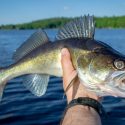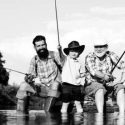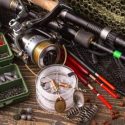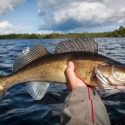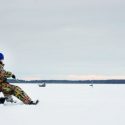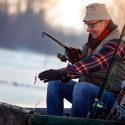If you’re passionate about fishing, you know that every fishing trip is an opportunity for growth and learning. Whether you’re a seasoned angler or just starting out, each getaway presents new challenges and experiences that can help you become a better angler. Let’s explore some of the ways a fishing trip can help you improve your skills and knowledge.
Hands-On Experience
There’s no substitute for hands-on experience when it comes to fishing. Every time you cast your line and reel in a fish, you’re learning and honing your skills. Each catch teaches you something new about the behavior of fish, the effectiveness of different lures, and the nuances of fishing techniques. The more time you spend on the water, the more proficient you’ll become as an angler.
Observation and Adaptation
Fishing trips offer the opportunity to observe and adapt to changing conditions on the water. Pay attention to factors such as weather patterns, water temperature, and water clarity, and adjust your fishing tactics accordingly. Learning to adapt to different conditions will make you a more versatile angler and increase your chances of success on future trips.
Learning from Others
These trips often involve fishing with friends and family. Take advantage of these opportunities to learn from others. Observe their techniques, ask questions, and seek advice. Experienced anglers can offer valuable insights and tips that can help you improve your own fishing skills.
Building Confidence and Patience
Fishing can be challenging, and success doesn’t always come easily. However, each time you overcome obstacles and land a catch, you’re building confidence in your abilities as an angler. Fishing also requires patience, as you may need to wait for the right moment to strike. Patience is a valuable skill that can serve you well both on and off the water.
Whether you’re refining your casting technique, adapting to changing conditions, or learning from others, each fishing trip brings you one step closer to becoming the best angler you can be.
If you’re ready to embark on a fishing adventure and continue your journey of growth as an angler, consider booking your next trip with Mattice Lake Outfitters in Armstrong Station, Ontario. Our pristine fishing locations provide the perfect setting for honing your skills and making unforgettable memories on the water. Call us toll free at 1-800-411-0334 or email us at mattice@walleye.ca to begin planning your trip today!

